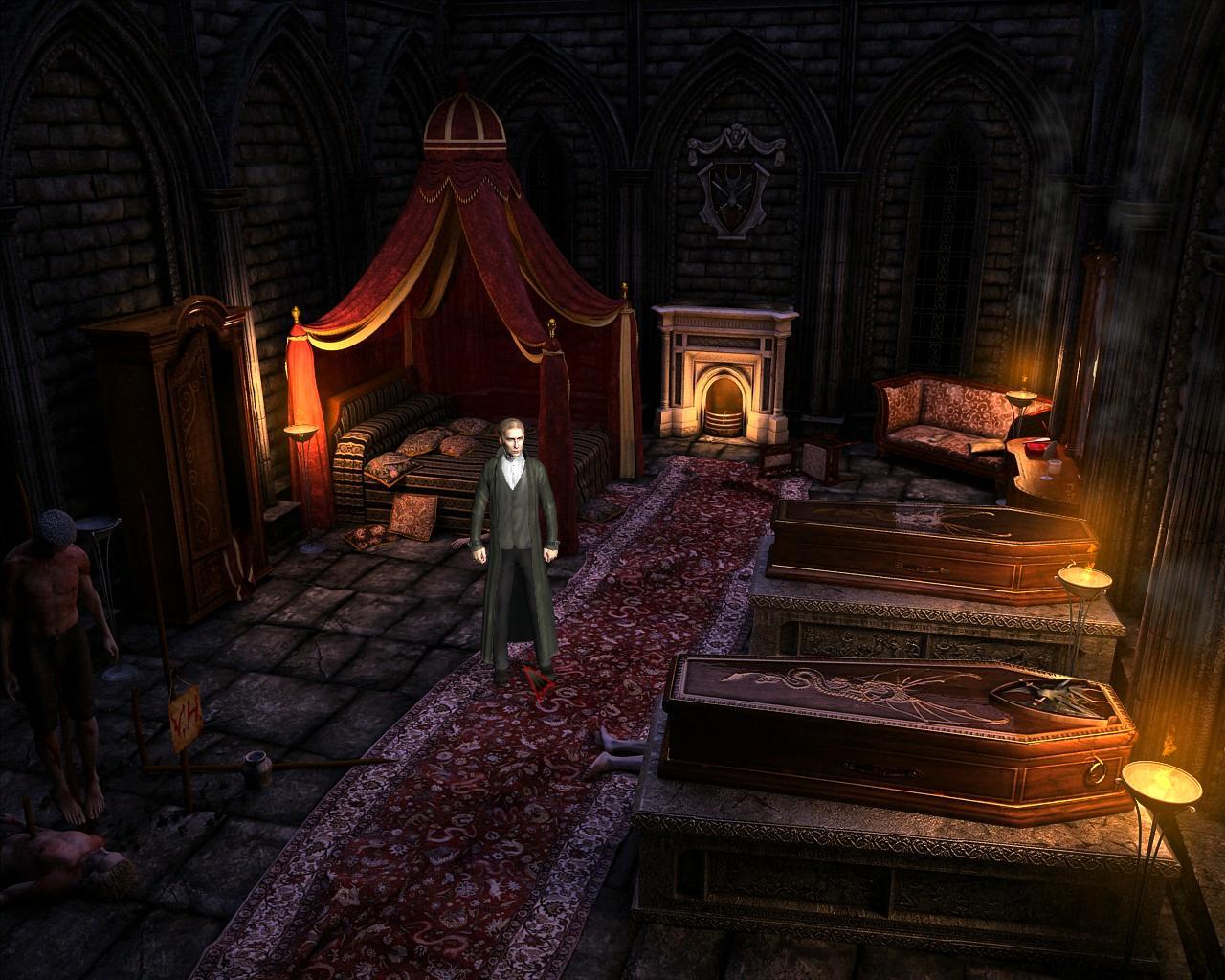
Dracula Origin Magyarítás
The story of Dracula was partly based on European folklore and
Egyptian Museum #3 Cairo Dracula: Origin Guide. Post Comment. Next Cairo Marketplace #5 Prev Cairo Marketplace #4 IV. You won't have to approach the assistant by yourself, because a cut-scene is going to be initiated right away. This is going to be an important conversation. You'll learn the name of the thief - Suleiman. 15:15 The Protector Blink 3 db 2011.12.19. 09:44 grebber D.I.R.T. Origin of the Species 3 db 2006.12.14. 12:09 Tinman Journey Of Life 3 db 2019.07.23.
partly based on unrelated historical events. The author of
'Dracula', Bram Stoker, spent several years researching European
folklore and stories of vampires (Dracula was not the first Vampire
book) and became interested in the word dracul. This word,
from the Megleno-Romanian language, means 'devil' but also used to
.But if you're looking for a mobile gaming experience, you're out of luck unless.An iPhone 4s loaded with 'Flappy Bird' is listed on eBay for. That makes the iPhone 5s with the game for look cheap.The game was downloaded more than 50 million times on App Store alone. In an interview with The Verge website, creator Nguyen Ha Dong said 'Flappy Bird' was making $50,000 a day in advertising revenue.On Twitter he didn't address allegations that the number of downloads had been inflated, but denied suggestions he was withdrawing the game because it breached another game maker's copyright.' Flappy bird scratch. It is not anything related to legal issues.
mean 'dragon'.
The fictional (made-up) character of Dracula was based just in
name on a man that lived in what is now Romania in Eastern Europe
between 1431 and 1476. His name was Vlad Dracula.
Vlad's father held the title of Dracul (no 'a' at the end)
because he was a member of a secret fraternal order of knights
called The Order of the Dragon. So as Vlad was his son, he received
the name Dracula (Son of the Order of the Dragon).
Vlad Dracula is most famously known as 'Vlad the
Impaler'. He was called this because this was his preferred
method of executing people (by leaving them to die slowly impaled
on steaks).
Historians argue that Bram Stoker in fact knew little of the
historic Vlad III except for his nickname. In his book Stoker
includes no details about Vlad III's reign and does not mention his
use of impalement.
Bram Stoker was originally going to call his vampire 'Count
Wampyr' but changed it to 'Count Dracula' basically because he
liked the word/name Dracula. The original Vlad Dracula was not a
Count, nor was he a vampire. In writing Dracula, Stoker may
also have drawn on Gaelic fairy stories about blood-drinking
women.
The mannerisms of Dracula are thought to have come from a man
called Henry Irving, a stage actor in the Victorian era at a
theater where Stoker worked. Stoker apparently modeled Dracula's
dramatic sweeping gestures and gentlemanly mannerisms on those he

had observed in Irving.
Early belief in vampires has thought to have come from people at
the time not fully understanding the process of a body decomposing
after death and so trying to rationalize this by creating the
figure of the vampire to explain it.
You won't have to approach the assistant by yourself, because a cut-scene is going to be initiated right away. This is going to be an important conversation. You'll learn the name of the thief - Suleiman. Ask the assistant about Coptic Artefacts and you'll be granted access to these objects. As a result, your inventory will expand. Open it and you'll see that you've received a Bag containing the Copts' treasure. Don't close the inventory window just yet. Instead, choose the parchment from Turk's house and show it to the assistant. He will allow you to use his book to translate some of the hieroglyphs. Take this book from his table and wait for the game to display a close-up view of the parchment.
This is by far the most difficult puzzle of the entire game. You will be given only a few hints and your objective will be to translate three sentences. The parchment takes most of the screen and it consists of various symbols. The hints can be found above and under the parchment, however you're going to have a lot of problems understanding their meaning. As for the words, they are to your left and you'll have to start placing them in correct slots.
Full solution (I would also recommend taking a look at the screen):
First verse - Weapon, With, Magical Powers, Within, Seker, Head
Second verse - Cursed, Blood, Hidden, Under, North, Altar
Third verse - Before, Enter, Darkness, Destroy, Guard, Curse be on you forever
If you've done everything according to the plan, you are going to be rewarded with a full translation of the hieroglyphs (screen). You will also receive one new document -Translation of Hieroglyphs on a Parchment Found at the Turk's.
Don't exit the museum just yet. Instead, open your inventory and choose a black sphinx which you have found in Turk's house. Talk to the assistant again. Obviously you will have to ask him about the statuette. As a result, you will receive some new info on the hieroglyphs on the sphinx. Before you decide to leave to museum, you should consider performing two other actions. Combine a knife with a necklace and you'll receive a diamond. After that, use the diamond on the broken piece of mirror (screen).